How AI Predicts Seasonal Plant Diseases
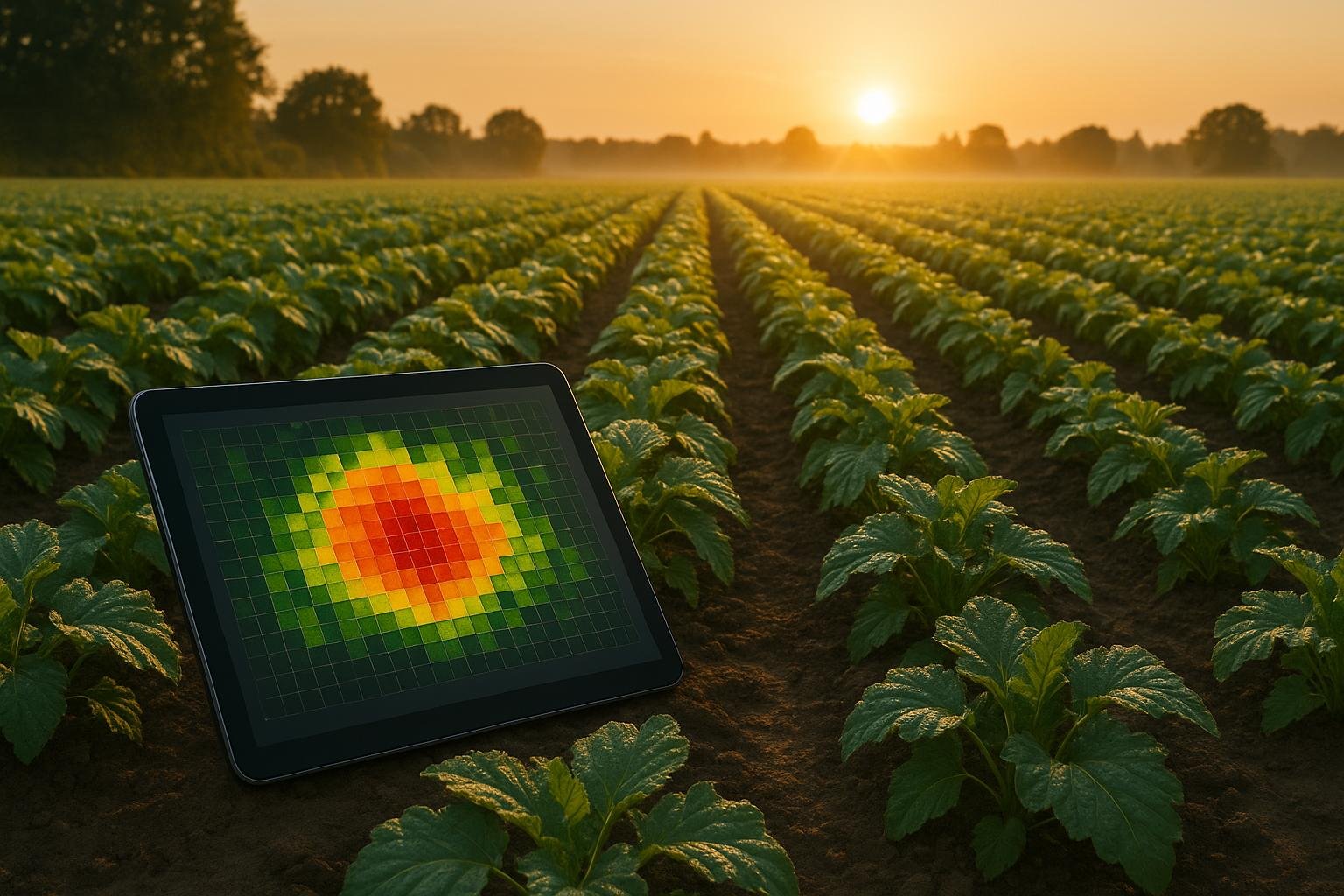
AI is changing how we protect plants from diseases, saving time and money for gardeners and farmers. By analyzing weather data, soil conditions, and plant images, AI predicts diseases before symptoms appear, with accuracy rates as high as 99.99%. Here's how it works:
- Weather Data: Tracks temperature, humidity, and rainfall to predict disease risks tied to environmental conditions.
- Plant Health Monitoring: Uses computer vision to detect early signs of disease, like discoloration or unusual growth patterns.
- Soil and Historical Records: Combines soil tests and past disease trends to anticipate outbreaks.
Why it matters: AI tools provide early warnings, boost crop yields by up to 30%, and reduce the need for pesticides, making gardening smarter and eco-friendlier.
Ready to learn how AI can protect your plants? Let’s dive in.
AI-Powered Crop Disease Identification: Introduction to Plant Health Solutions

Data Sources AI Uses for Disease Prediction
AI systems rely on a mix of data sources to predict plant diseases across the varied landscapes of the United States. Each dataset offers a unique contribution, helping to create a comprehensive and real-time understanding of garden and crop health.
Weather and Climate Data
Weather data forms the backbone of AI's ability to predict plant diseases. Key metrics like temperature, rainfall, and humidity - monitored in Fahrenheit, inches, and percentages - provide critical environmental context. For instance, climate change has already caused global temperatures to rise by about 1.3°F over the last century, while CO2 levels have jumped from 280 ppm in 1750 to 418 ppm by 2022. These shifts, along with extreme weather events, solar radiation, and wind patterns, directly influence the life cycles of plant pathogens.
Take Botryosphaeria branch dieback as an example: researchers found that spore release in orchards was closely tied to seasonal weather patterns, including temperature, rainfall, and humidity. AI systems also use real-time data from IoT devices and wireless sensors to monitor soil moisture and temperature, further refining predictions about conditions that could lead to disease outbreaks. A pilot project in India showcased the power of weather-based AI predictions, where farmers saw a 30% boost in crop yields after receiving planting advice informed by these systems. Similar technologies are now being introduced across U.S. farms and gardens to deliver similar benefits.
Plant Health Metrics
AI leverages plant health data to detect early warning signs of disease - often before symptoms become visible to the human eye. Using computer vision, these systems can identify subtle changes like discoloration, wilting, or unusual growth patterns. Tools like remote sensing and hyperspectral imaging allow AI to spot diseases in their earliest stages, even when symptoms are not yet apparent.
Daily monitoring of plant growth and pathogen activity helps build detailed health profiles for individual plants and entire garden areas. In fact, AI models have achieved over 90% accuracy in identifying patterns linked to common diseases, such as apple black rot and wheat rust. This level of precision allows for proactive intervention, saving plants before issues escalate.
Soil and Historical Disease Records
Historical data on disease outbreaks is a key building block for AI's predictive capabilities. By analyzing past patterns, AI can anticipate future risks and provide warnings well in advance. Recent advancements in AI-driven soil assessments have also improved fertilizer use, increasing crop yields by 20%.
AI models incorporate soil testing results, nutrient levels, fertilization schedules, and records of past pest issues to refine their predictions. Gardeners are encouraged to keep detailed logs of their soil tests and any disease occurrences, as these records strengthen the accuracy of AI systems. Additionally, local agricultural extension programs maintain regional disease outbreak databases, giving AI valuable insights into localized patterns and trends. Together, these datasets enable AI to provide timely, actionable advice, helping gardeners and farmers take preventive measures before diseases strike.
How AI Predicts Disease Outbreaks
AI transforms data from weather stations, soil sensors, and plant health monitors into early warning systems for gardeners. By processing vast amounts of information, these systems generate forecasts that help identify potential threats before they escalate. This data serves as the foundation for advanced machine learning models to perform detailed analyses.
Machine Learning Models for Disease Prediction
AI uses deep learning techniques to assess disease risks based on weather, soil, and plant data. A standout tool in this field is Convolutional Neural Networks (CNNs), which excel at analyzing visual data. For example, CNNs can detect subtle changes in leaf texture, color, or growth patterns - details that might escape the human eye. While CNNs focus on local features, newer Vision Transformers (ViTs) take it a step further by analyzing broader spatial relationships across entire garden areas.
One optimized CNN model achieved an impressive 99.99% accuracy in identifying pepper bell leaf diseases. For larger-scale applications, wheat yellow rust detection using multispectral UAV imagery combined with random forest classifiers reached 89.3% accuracy. These examples highlight how AI can handle both small-scale and expansive monitoring tasks with precision.
Predictive Analytics and Risk Factors
AI systems evaluate a wide range of environmental and biological factors to assess disease risks. Variables such as temperature, humidity, and precipitation patterns play a major role in pathogen development and spread. For instance, leaf wetness duration - a key factor for foliar pathogen infections - is monitored alongside soil moisture, pH levels, and nutrient content to create detailed risk profiles.
Predictive analytics also helps track pest activity. By examining historical trends, environmental conditions, and pest behaviors, AI models identify periods of increased risk. This allows gardeners to take proactive steps, like adjusting watering schedules or applying preventive treatments in response to seasonal changes.
A noteworthy example is a collaboration between Agmatix and seven universities across the US and Canada. Together, they developed an advanced analytics model to predict outbreaks of Soybean Sudden Death Syndrome (SDS). This partnership demonstrates how academic research can lead to practical tools that benefit both farmers and gardeners.
AI models typically fall into two categories: empirical models, which rely on historical data patterns, and fundamental models, which incorporate real-time biological and environmental data to simulate underlying processes. These comprehensive assessments guide targeted interventions, ensuring effective disease management.
Benefits of AI in Gardening
AI-powered disease prediction offers several advantages that can improve how plant health is managed. Early detection allows gardeners to intervene before visible symptoms appear, often preventing significant damage. Studies show that machine learning models can boost crop yield forecasting by 20–30% compared to traditional methods, leading to better harvests and lower replacement costs for home gardeners.
Accurate predictions also enable gardeners to apply treatments only when necessary, cutting down on chemical use and reducing environmental impact. Integrated IoT sensors and continuous monitoring provide a full picture of the environmental factors influencing pest and disease behavior. This proactive approach equips both home gardeners and professional landscapers to implement preventive measures well before infestations occur, avoiding costly losses and promoting healthier gardens.
sbb-itb-4d6a8dd
🚀 Ready to Reinvent Your Garden?
Join thousands of homeowners who have transformed their gardens using our AI design tool. Upload one photo to explore endless possibilities.
Get your AI garden designs →Using AI Tools for Garden Disease Management
AI tools are making it easier than ever for both home gardeners and professionals to manage plant diseases effectively. The key is to select tools that align with your garden's specific needs and challenges.
Setting Up AI Platforms for Disease Alerts
Smart gardening starts with the right AI platforms. These apps and systems analyze your garden's conditions - like weather, soil, and plant health - and provide timely alerts to help prevent disease outbreaks.
One of the most useful features is Photo-Based Disease Detection. To get accurate results, take clear, well-lit photos of your plants from a distance of 6–12 inches. This ensures the AI can properly analyze the images for signs of disease.
For a more advanced setup, consider systems like the Garden Monitoring Robotic AI System. This tool integrates sensors to measure soil moisture, temperature, humidity, and light. It also uses cameras to detect disease symptoms and offers fertilization advice through a mobile app. Plus, it connects to cloud platforms for real-time monitoring and can automatically adjust irrigation based on soil moisture levels.
Another layer of protection comes from Weather-Based Forecasting. These tools use hyper-local weather data to predict conditions that might trigger plant diseases. Setting up custom alerts can help you stay one step ahead of potential problems.
Regular monitoring is essential, especially during critical growth stages or after extreme weather events. Scanning your garden weekly can help catch issues early, preventing them from spreading. These alerts not only protect your plants but also help you plan your garden more effectively.
Custom Garden Planning with AI
AI-powered tools can also help you plan your garden by creating tailored strategies based on your location and preferences. These platforms analyze factors like climate, soil quality, and sunlight to recommend the best plants for your space.
Take AIGardenPlanner, for example. This platform allows you to upload photos of your garden and transforms them into professional landscape designs. With over 50 garden styles to choose from, it provides personalized plant recommendations that match your climate, soil type, and aesthetic preferences. It even includes detailed growing guides and maintenance schedules that account for local disease risks and seasonal trends.
Another helpful feature is the AI Plant Advisor, which factors in common plant diseases in your region. By entering details like your climate zone, soil type, and sunlight levels, you’ll receive plant suggestions that are more likely to thrive in your environment while minimizing disease risks.
While these tools are great for individual gardeners, they also have applications for professionals managing larger landscapes.
Professional Applications for Landscapers
For landscapers managing large properties, AI tools offer powerful solutions to handle disease risks efficiently. These platforms process data from multiple sites simultaneously, making it easier to monitor and manage extensive areas.
Precision Treatment Applications have revolutionized professional landscaping. Blue River Technology, part of John Deere, developed the 'See & Spray' system, which uses high-resolution cameras and AI to identify weeds among crops. This technology allows for precise herbicide application, cutting chemical use by up to 90% compared to traditional methods.
Professional-grade platforms also support bulk image processing, analyzing thousands of plant photos for disease signs at once. With some AI models achieving over 95% accuracy - and even up to 99% for certain crop diseases - these tools are both fast and reliable.
Automated Monitoring Systems are another game-changer. AI-powered robots can patrol large landscapes, identifying weeds and disease symptoms while reducing the need for manual inspections. These systems often integrate with landscape management software, offering detailed reports and seamless workflows.
For even larger areas, Multi-Modal Data Fusion combines UAV imagery, satellite data, and soil metrics to improve detection accuracy. This approach helps landscapers identify issues early and apply preventive treatments, saving both time and money. Features like scalability and federated learning ensure that vast areas can be analyzed quickly while maintaining data privacy for clients.
AI tools are not just transforming how we care for gardens - they’re reshaping the entire approach to disease management, offering smarter, more efficient solutions for both hobbyists and professionals.
The Future of AI in Gardening
AI is reshaping the gardening world, bringing cutting-edge solutions to predict and manage seasonal plant diseases. These advancements promise to make gardening smarter, more efficient, and accessible to everyone - from hobbyists tending to backyard plants to professional landscapers managing large-scale projects. Here's a look at how technology is set to transform gardening practices in the near future.
Emerging AI models are already achieving remarkable accuracy in disease prediction. For instance, U-Net models boast a 97.13% accuracy rate, while ResNet-50 reaches an impressive 99.5%. These tools are paving the way for highly reliable disease detection systems.
Hybrid models that integrate convolutional neural networks (CNNs) and Vision Transformers (ViTs) are also on the rise. By combining data from sources like UAV imagery, satellite feeds, and soil metrics, these systems are creating a more comprehensive approach to plant health monitoring.
Lightweight AI solutions are making real-time disease detection possible, even in remote areas. For example, drones in South Korea now handle 30% of agricultural spraying tasks, cutting labor costs and improving efficiency. Similarly, predictive AI models using hyperspectral imaging can identify diseases before symptoms even appear, potentially reducing crop losses by an impressive 25%.
"AI is enabling sustainable gardening, offering tools that optimize resources and promote harmony with nature. From smarter irrigation to fostering biodiversity, these innovations create thriving, eco-friendly gardens. Embracing AI ensures greener practices today while paving the way for resilient gardening methods that protect our planet's future." – Dr. Alexander Tabibi, Entrepreneur, Investor, and Advocate for Sustainable Innovation
As we look ahead, data privacy and decentralized learning are set to play a crucial role in AI's future in gardening. Federated Learning, for example, allows AI models to learn globally without centralizing data, helping bridge the gap in plant protection advisory services and reducing yield losses. Meanwhile, quantum computing is expected to revolutionize climate modeling, enabling more precise forecasts and disease risk assessments.
For everyday gardeners, these advances translate into user-friendly apps that can identify plants, suggest personalized care plans, detect diseases, and even schedule watering. Tools like AIGardenPlanner are already leveraging these technologies, offering tailored plant recommendations based on local climate conditions and potential disease risks.
The efficiency improvements are hard to ignore. AI technologies have drastically reduced the time required for tasks like annotation - by as much as 99.7% - making these advanced tools more affordable and widely accessible. Automation is also on the horizon, with systems that can handle planting, watering, and even harvesting with minimal human input.
Beyond efficiency, these innovations promote sustainability by optimizing water usage, cutting down on chemical applications, and encouraging biodiversity. It's an exciting time for gardening, as AI not only makes it easier but also aligns it with eco-friendly and sustainable practices.
FAQs
How does AI predict plant diseases using weather data?
AI can now predict plant diseases by examining crucial weather elements like temperature, humidity, and rainfall. Using advanced machine learning models, it processes real-time data from sources like weather stations and satellite imagery to pinpoint conditions that might trigger disease outbreaks.
With this early detection, AI offers gardeners practical advice, such as tweaking irrigation schedules or applying treatments. This forward-thinking strategy helps safeguard plants, minimize crop losses, and maintain thriving gardens.
How does AI help predict and prevent seasonal plant diseases?
AI is changing the way we approach gardening by making it easier to predict and prevent seasonal plant diseases. Traditional methods often depend on manual inspections and the expertise of seasoned gardeners, which can be time-consuming and prone to human error. In contrast, AI-powered tools can analyze plant and climate data in seconds, spotting potential problems early and enabling swift action to stop diseases from spreading.
Using advanced algorithms and machine learning, these tools provide precise predictions and diagnoses, minimizing the chances of errors. They also study weather patterns and plant health trends to deliver tailored preventive advice. This means gardeners can keep their plants healthier and boost yields. With AI in the mix, managing plant health becomes quicker, more accurate, and far more efficient.
How can home gardeners use AI to predict and prevent plant diseases?
AI tools are becoming a game-changer for home gardeners, helping them stay one step ahead of plant diseases. By analyzing factors like temperature, humidity, and rainfall, these tools use advanced weather models to pinpoint conditions that could trigger disease outbreaks. This means gardeners can act early to protect their plants.
With AI, gardeners can get timely alerts about potential issues and receive care recommendations tailored to their specific plants and local weather. This forward-thinking approach not only keeps plants healthier but also makes gardening more efficient and rewarding.
Related posts
Related Articles

Best Free Pest Recognition Datasets Online
Explore the best free datasets for pest recognition that enhance AI tools for effective and sustainable pest management in agriculture and gardening.
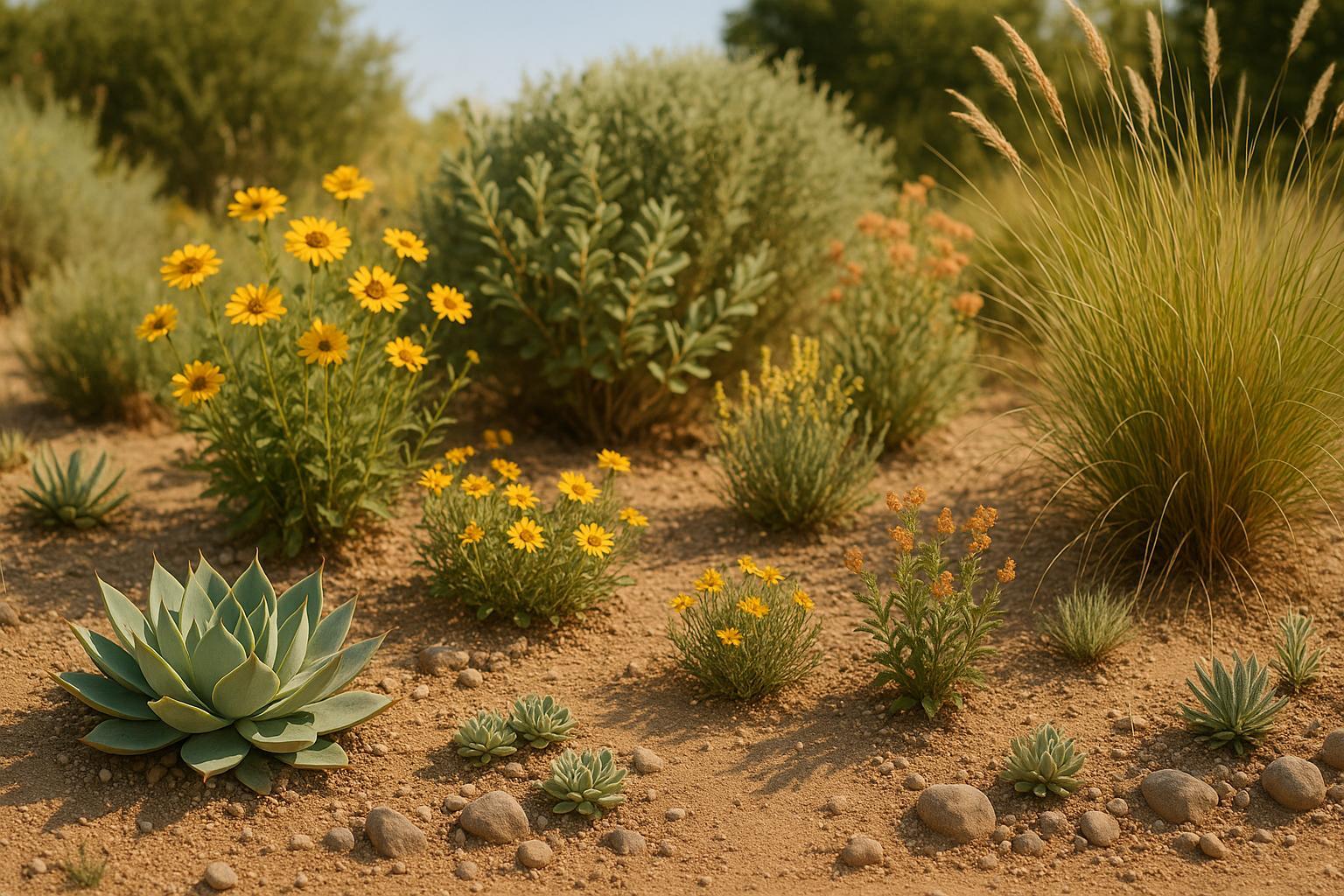
How AI Recommends Drought-Tolerant Native Plants
Explore how AI tools can help you select drought-tolerant native plants tailored to your garden's unique conditions and promote sustainable gardening.
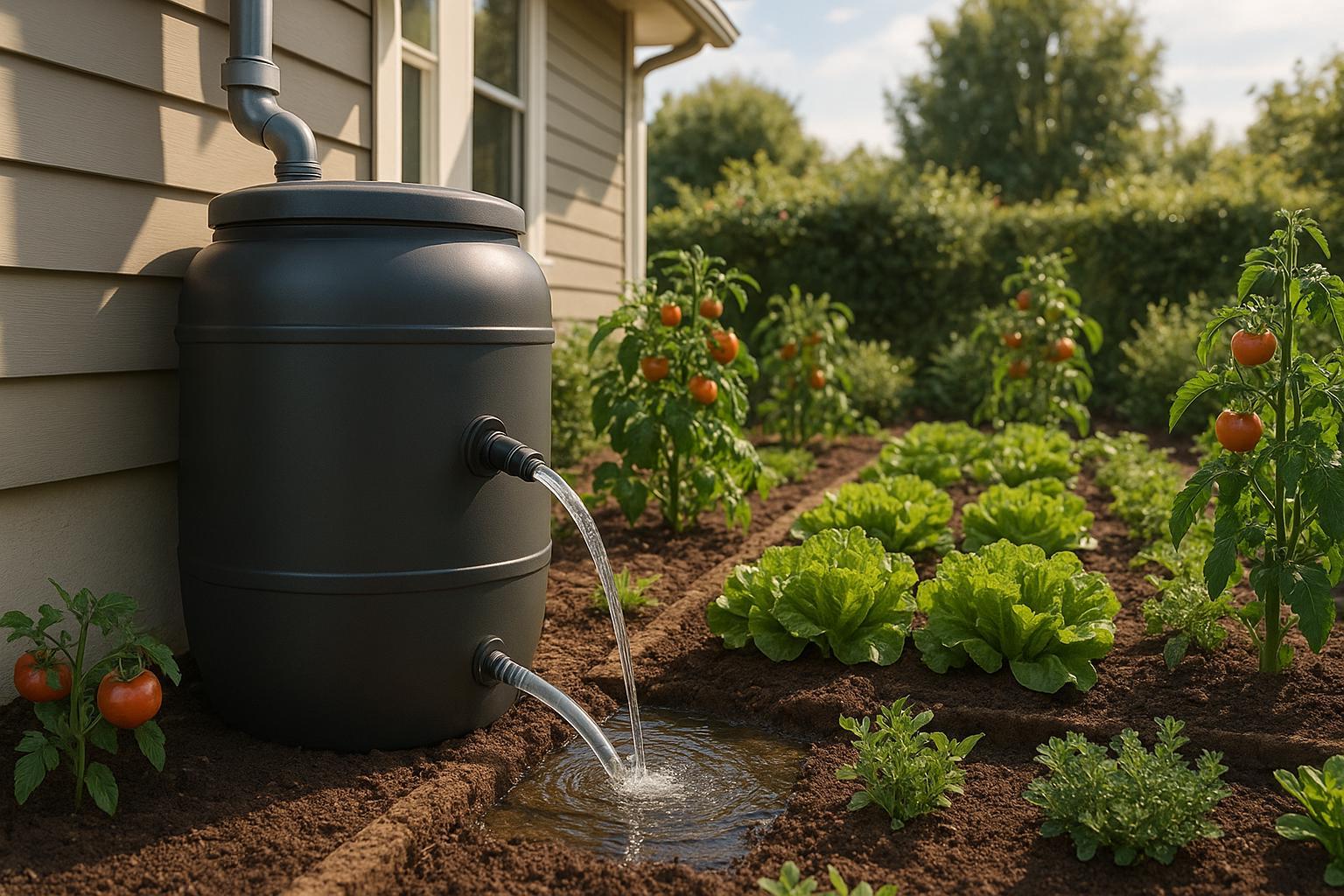
Ultimate Guide to Rainwater Filtration for Gardens
Learn how to implement an effective rainwater filtration system for your garden, enhancing plant growth while conserving water and reducing costs.
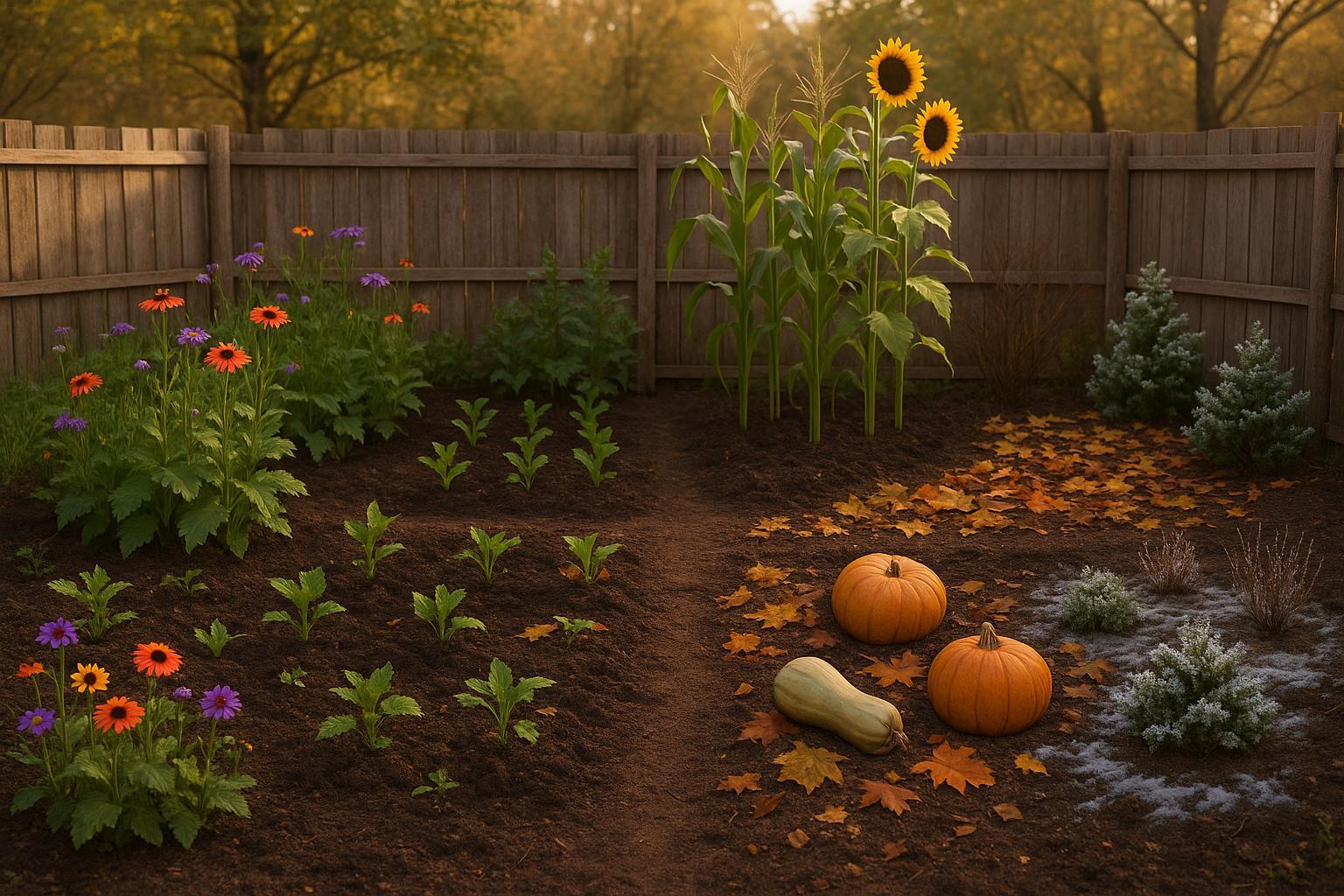
10 Indigenous Gardening Practices by Season
Explore Indigenous gardening practices that enhance plant health, conserve resources, and align with seasonal cycles for sustainable gardening.
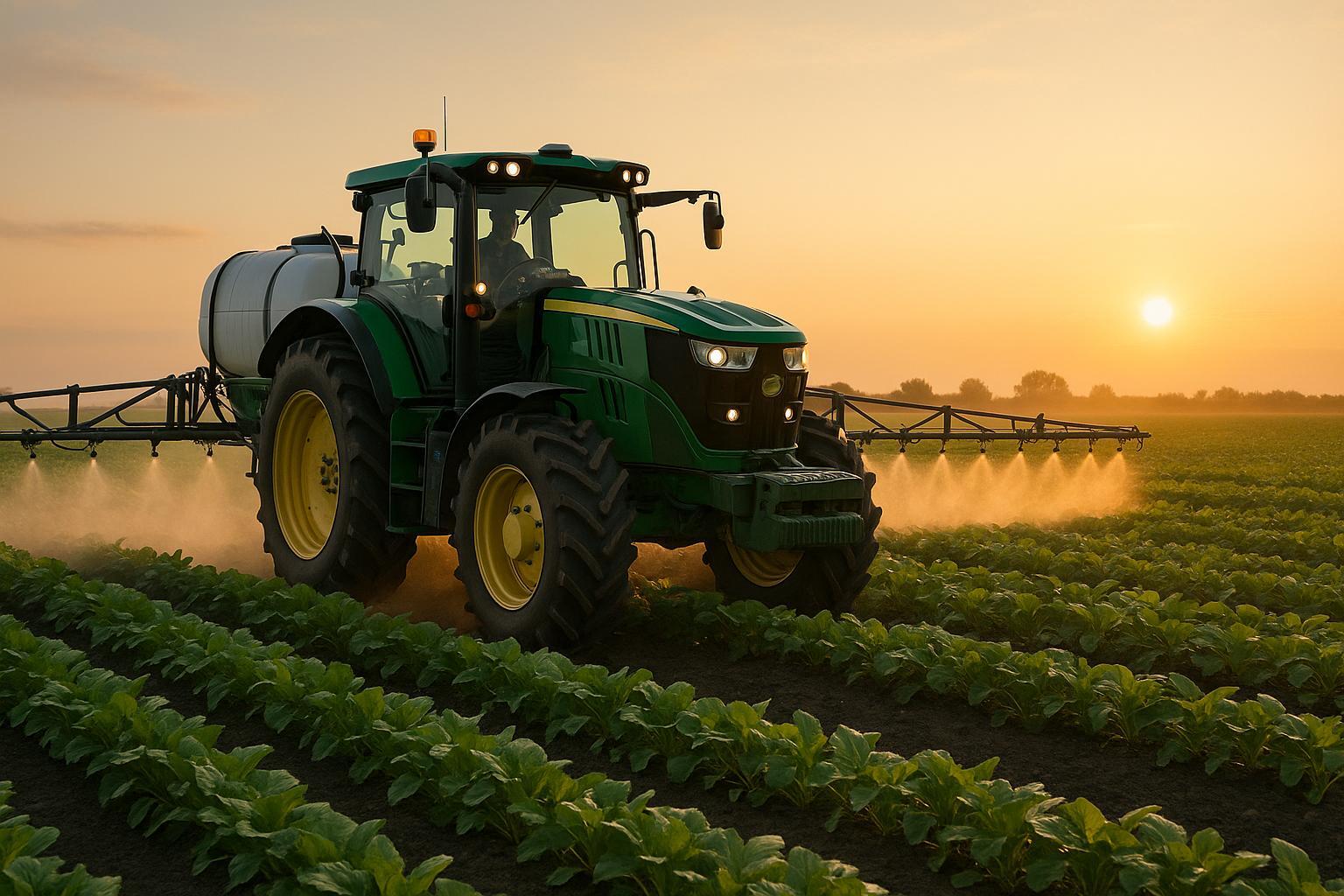
Variable Rate Spraying: Key Performance Metrics
Explore how Variable Rate Spraying optimizes pesticide use, enhancing efficiency and sustainability while reducing costs and environmental impact.

Optimizing Your Garden Location: Insights from Garden Answer's Laura
Discover the key factors to consider for an ideal garden location based on insights from Garden Answer's Laura. Explore sunlight, soil quality, and water availability tips to maximize your garden's potential.